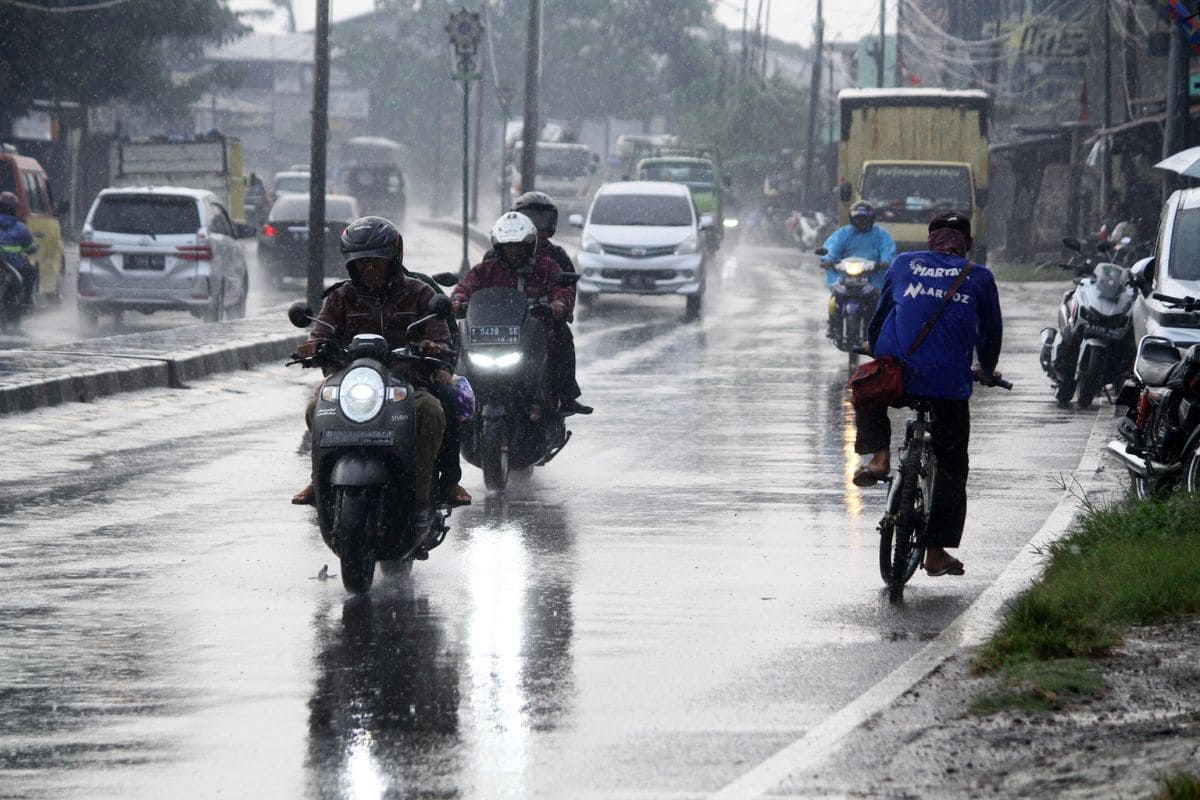Bali is a beautiful island in Indonesia. It has two main seasons that are very different. The dry season is from May to October. During this time, the weather is sunny and nice. It’s a popular time for people to visit because the beaches and outdoor places are great to enjoy.
Then there’s the wet season, from October to February. This time is different. It has rain, but the rain doesn’t last all day. It comes in short bursts and then it’s sunny again. The wet season is also called the monsoon season. This is especially true in December and January when there’s more rain. But even with the rain, Bali is still beautiful and fun to visit. The wet season has its own special things to see and do. It’s quieter and there are fewer tourists. So, knowing about these seasons helps you plan your trip to Bali better.
Bali’s Wet Season and when the Monsoon hits
Bali’s wet season runs from October to February. During this time, the island sees a mix of rain and sun. The rain usually comes in quick, heavy showers, often later in the day. After the rain, the skies often clear up. This means you can still enjoy Bali’s beaches and outdoor fun in the wet season.
This time of year is also called the monsoon season. This is true mostly in December and January when it rains more. But Bali’s monsoon is not like in other places. Here, the rain doesn’t last all day. It comes fast and then stops. This makes the island look fresh and green. It’s a great time to see Bali’s waterfalls. They are full and beautiful then.
The wet season is quieter. There are not as many tourists. It’s a more relaxed time to visit. You can see the island in a different way. The nature is very green and full of life. If you like a calm trip and nature, you might like Bali in the wet season. There are special things to do and see that you can’t in the dry season.
Why would you visit Bali during wet season?
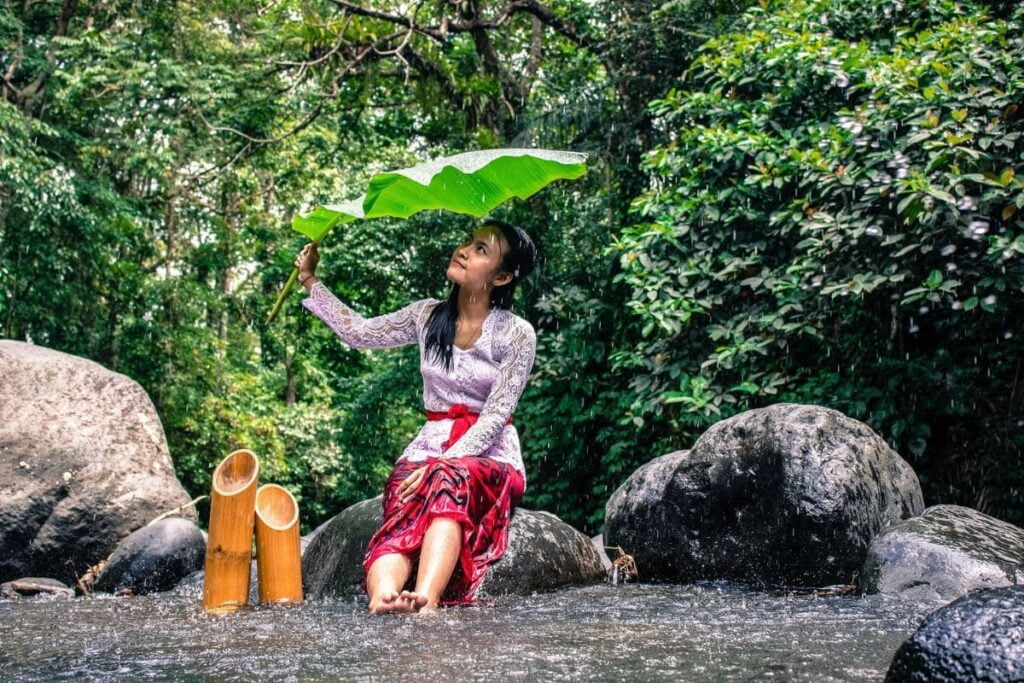
It could be because it’s your one chance to travel and see Bali. Visiting Bali during the wet season, from October to February, has its perks. One big advantage is fewer crowds. This means you can enjoy Bali’s famous spots without too many people around. It’s more peaceful and you can take your time at places like temples and beaches.
Another good thing about the wet season is that it’s cheaper. Hotels and flights often cost less. This makes Bali a great choice if you’re looking for a budget-friendly holiday. You can stay in nicer places for less money.
The wet season also offers unique experiences. The rain makes Bali’s nature even more beautiful. The island’s waterfalls are at their best. They’re bigger and more stunning because of the rain. It’s a great time to visit them. Also, if you like adventure, white water rafting is more exciting in the wet season. The rivers are fuller, so the rafting is better.
Even though it rains, there’s still a lot of sun. The rain usually doesn’t last all day. So, you can still enjoy outdoor activities and the beach. Bali in the wet season is special. It’s less busy, cheaper, and full of unique things to do and see.
Challanges during the wet season
The wet season in Bali, while beautiful, comes with its own challenges. One of these is thunderstorms and lightning. These can be quite dramatic. The best way to deal with them is to stay indoors during a storm. Do not attempt to drive a motorbike! The visibility is less, and you might get injured!
Mosquitoes are another challenge in the wet season. They like the rain. To keep them away, use mosquito repellent. It’s easy to find in stores in Bali. Wearing long sleeves and pants at dawn and dusk can also help. This is when mosquitoes are most active. Bali doesn’t have malaria, but there is Dengue fever. It’s rare, but it’s good to be careful.
Sometimes, heavy rains can cause floods. These can make travel tricky. If you’re driving a scooter, be extra careful. The roads can be slippery. If it’s raining hard, it might be better to stop and wait. Or, use a taxi or a ride app like Grab or Gojek. They are safe and easy to use.
Even with these challenges, the wet season can be a great time to visit Bali. Just be prepared and know how to stay safe and comfortable. Then, you can enjoy all the beauty and fun the wet season has to offer.
Areas in Bali with more rain than other places
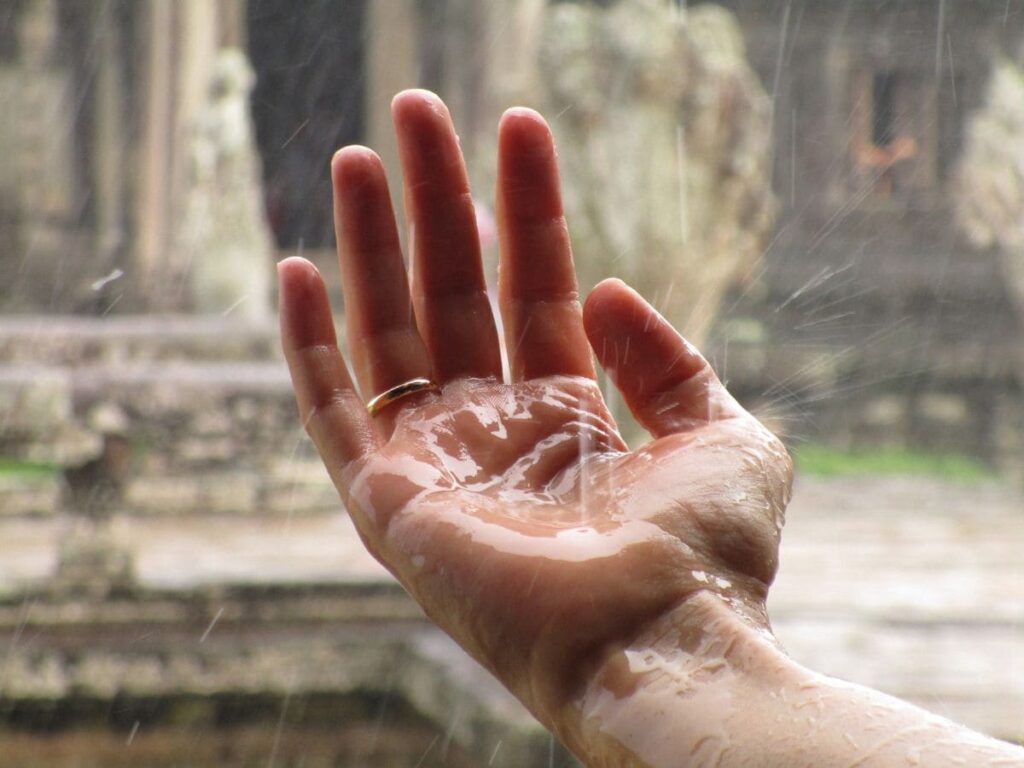
In Bali, the amount of rainfall varies across different regions of the island. Generally, the central and northern regions of Bali receive more rain compared to the southern areas. This is largely due to the island’s topography and the presence of mountains in the central region. Here are some specific areas known for higher rainfall:
- Ubud: Located in central Bali, Ubud is surrounded by rainforests and rice terraces. It experiences a higher amount of rainfall, especially during the wet season, contributing to its lush landscapes.
- Bedugul: This area in the central highlands, known for its cooler climate and mountainous terrain, also receives more rainfall. The higher elevation contributes to the cooler and wetter conditions.
- Mount Agung and Mount Batur Areas: Being mountainous regions, these areas tend to attract more clouds and subsequently more rain. The weather can be quite unpredictable with frequent rain showers.
- North Bali (e.g., Singaraja): The northern part of Bali, while not as wet as the central highlands, still receives a significant amount of rain, particularly during the monsoon season.
- East Bali: Regions in East Bali, especially those closer to the central mountains, also experience higher rainfall.
Rainy Day activities in Bali
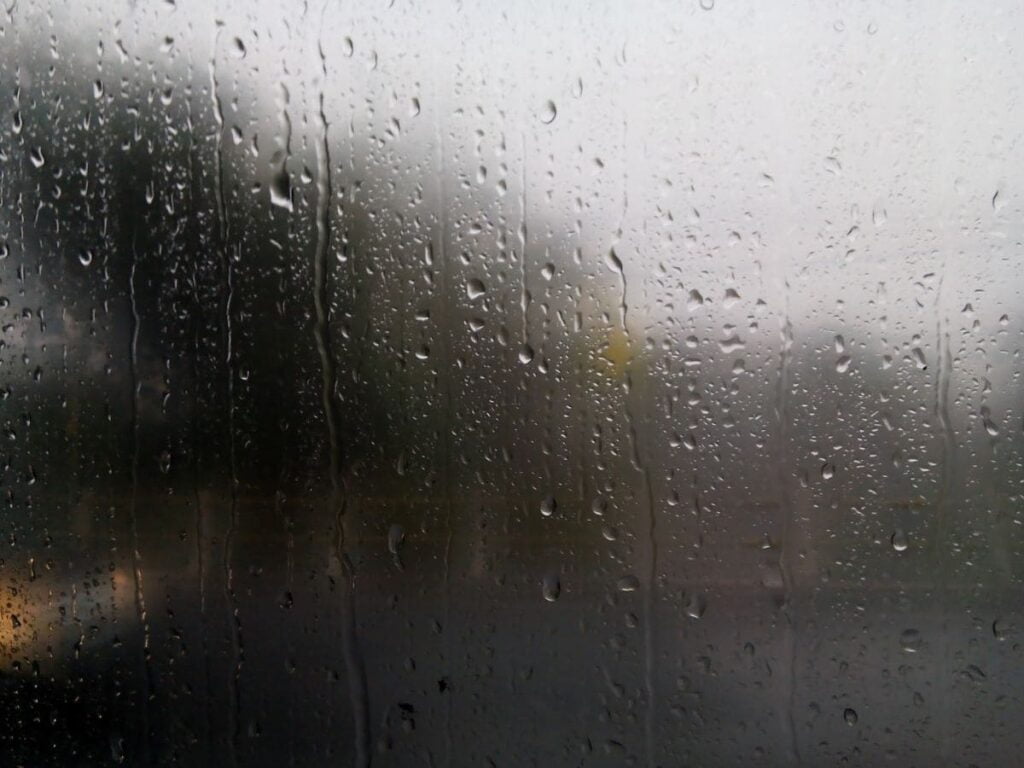
Bali’s rainy season, far from dampening the spirit of adventure, opens up a variety of unique activities. Whether you’re seeking the comfort of indoor pursuits or the thrill of outdoor adventures, there’s something for everyone.
Indoor Activities:
- Spa Days: A rainy day in Bali is the perfect excuse for a spa retreat. Indulge in a session of pampering and relaxation, letting the rhythmic sound of rain add to the tranquil ambiance.
- Movies and Mall Hopping: Cozy up with a movie marathon, or if you’re feeling more active, explore the numerous malls. Bali’s shopping centers offer a diverse range of stores and eateries, perfect for a leisurely day indoors.
- Cooking Classes: Embrace the local culture with a Balinese cooking class. Learn to cook traditional dishes, a delightful way to spend your day and a skill to take home.
Outdoor Adventures:
- Water Parks: Embrace the wet weather at a water park like Waterbom Bali. The rain adds to the fun of splashing around, and you’ll likely enjoy fewer crowds.
- Exploring Waterfalls: The rain transforms Bali’s waterfalls into spectacular natural wonders. Trekking to these sites offers a refreshing and exhilarating experience, surrounded by lush, rain-fed landscapes.
- Indoor Golf: For golf enthusiasts, Bali’s indoor golf facilities provide a perfect escape from the rain, offering a range of virtual courses to enjoy.
- Swimming in the Rain: Experience the unique sensation of swimming in your hotel or resort pool while it rains, an oddly soothing and enjoyable activity.
Tip: Also read what to do when it rains in Bali
Cultural and Festive Highlights during the wet season
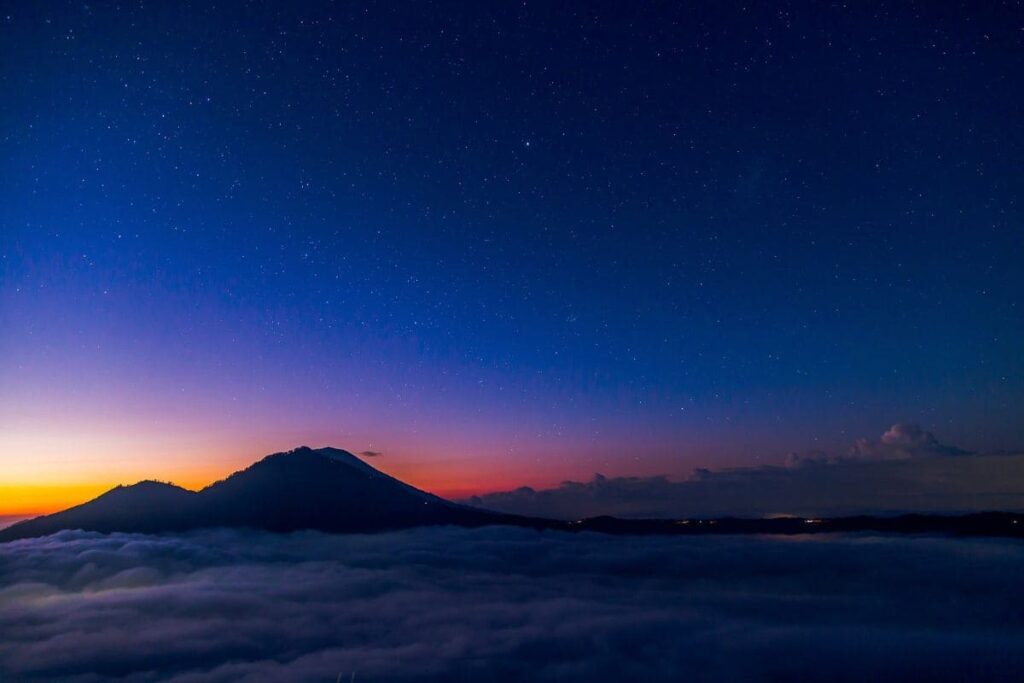
Bali’s wet season, far from being a dampener, is a time rich with cultural and festive highlights. This period is marked by a series of unique events and celebrations that offer a glimpse into the island’s rich traditions and vibrant community life.
One of the most significant events during this season is the Bali Spirit Festival. This annual celebration, typically held in March, is a convergence of yoga, dance, and music, attracting enthusiasts from around the world. It’s a vibrant display of Bali’s commitment to spiritual growth and artistic expression.
Another notable event is the Nyepi Day, the Balinese New Year, usually observed in March. This day of silence, fasting, and meditation is a profound cultural experience, offering a chance for self-reflection and renewal. The streets fall quiet, but the spirit of Bali shines through in the rituals and ceremonies leading up to this day.
These events, among others, make the wet season an opportune time to delve deeper into Bali’s cultural heart. Visitors get to experience a side of the island that goes beyond its beaches and scenic landscapes, into the realm of its rich cultural heritage.
Final thoughts
Bali’s wet season is a time of unique charm and opportunity. From the tranquil indulgence of spa days and the cultural richness of cooking classes to the exhilarating adventure of exploring waterfalls and enjoying water parks, there’s a wealth of experiences waiting. The season’s cultural events add depth to the island’s allure, offering moments of reflection and celebration. Embracing Bali during these months reveals a quieter, yet equally vibrant side of the island, making every visit memorable and enriching.
FAQs on the wet season in Bali
Can I still enjoy Bali’s beaches during the wet season?
Yes, Bali’s beaches can still be enjoyed during the wet season. The rain often comes in brief showers, leaving plenty of sunny intervals. Beaches are less crowded, offering a more serene experience. If the rain lasts long, you could go to a nearby Mall.
Are there any special health precautions to take during Bali’s wet season?
Besides using mosquito repellent to protect against Dengue fever, it’s also wise to stay hydrated and carry a waterproof jacket or umbrella. Road conditions can be slippery, so extra caution is advised when walking or driving.
Is Bali’s nightlife affected by the wet season?
Bali’s vibrant nightlife continues throughout the wet season. Some outdoor venues may adjust their events depending on the weather, but there are plenty of indoor clubs and bars that remain popular year-round.
Are water sports still available during the wet season in Bali?
Yes, many water sports like surfing and diving are still available (call up-front). However, it’s important to check weather conditions and sea currents, as they can be more unpredictable during this time. For diving visibility is less.
Is it a good time to visit Bali’s temples during the wet season?
Visiting temples during the wet season can be a unique experience, as the rain adds a mystical atmosphere to these sacred sites. Just remember to dress appropriately for the weather and respect the cultural norms of each temple. Also you might be stuck seeking shelter for a longer period of time.
Hi I am Dwi. I am a blogger, travel agent and a mom of a lovely daughter and wife to a supportive husband. I customize and plan tours in Bali and islands nearby for a living and have been doing this for more than 14 years. Get in touch via contact [at] taletravels.com
